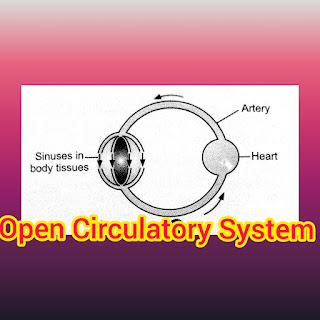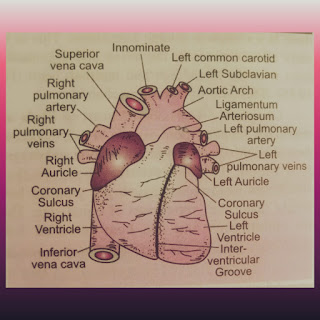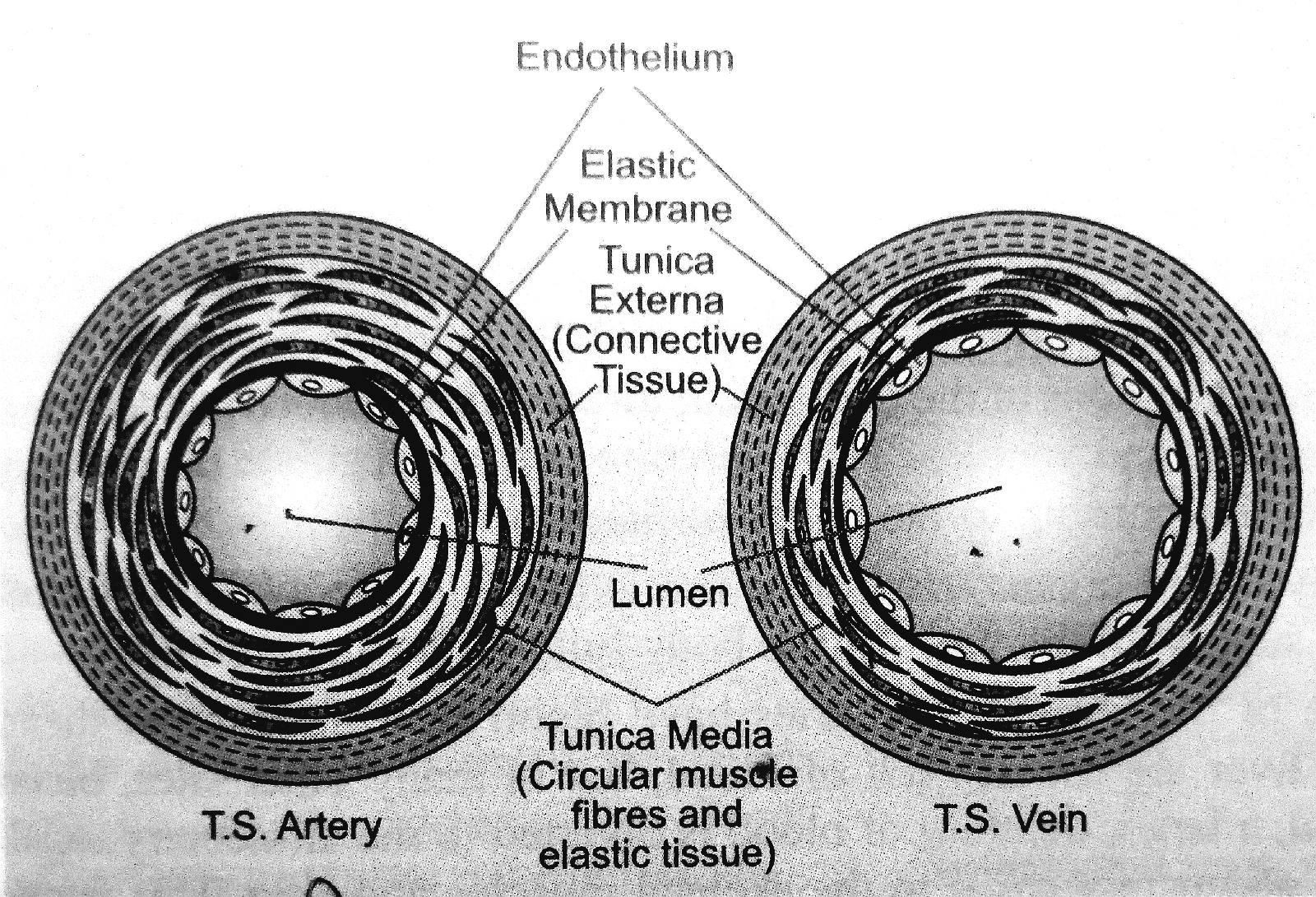What is MITOSIS?
MITOSIS is the one of cell division method. It is the process in which the parent cell divide into two identical daughter cells. Both daughter cells having nucleus with same amount of DNA, chromosomes and same hereditary instructions from parent cell. This division called equational division. It takes place in somatic cells of animals. So that it also known as somatic division.
In 1875 Eduard Strasburger firstly described the mitosis in plant cells. After that, In 1879 Walther Flemming described the mitosis in animal cells.
Mechanism of Mitosis- The parent cell divide into two equal daughter cells by Karyo-kinesis, Cytokinesis and Cell separation. Karyo-kinesis is the division of nucleus. Cytokinesis is the division of cytoplasm. The duration of Mitosis is from 30 minutes to 3 hours.
A. Karyo-kinesis is the division of cell nucleus. This process divide into four stages-
1) Prophase
2) Metaphase
3) Anaphase
4) Telophase
1) Prophase- It is the starting phase of mitosis where nucleolus and nuclear membrane disappeared and chromosomal and polar fibers appear. It takes about 50 minutes. It has three phases- Early Prophase, Mid Prophase and Later Prophase.
i) Early Prophase- The cell contain thread like chromosomes and nucleolus inside the nucleus. The centrioles are present inside the cytoplasm, lies near to the nucleus. In this phase the nucleolus start disappearing and the centrioles started migrating opposite end from each other. Centrioles are surrounded by microtubules. The space between microtubules and centrioles are called pericentriolar cloud. These microtubules are look like star rays shaped called aster rays. The role of aster ray is to shift the centriole pairs to the opposite ends of the cell. Then the both side of microtubules assemble and make spindles.
Inside the nucleus the thread-like chromosomes change into short, thick rods shape. It is visible shape. This change occur by Condensation, Spiralizasion.
ii) Mid Prophase- In this phase the nuclear membrane start disappearing. The chromosomes are comes into their original form and size. Finally the nuclear membrane is disappeared and chromosomes are occur in cytoplasm.
iii) Later Prophase- In this phase the spindle occur its proper form and size. The chromosomes lie irregularly in the mid of cytoplasm. The spindle fibers are two type one is polar fibers and other is chromosomal fibers. Chromosomal fibers attached with chromosomes from both pole side and polar fibers did not attached any chromosome. The chromosomes are arranged disorderly.
2) Metaphase- This phase is short and simple. It take only 2 - 10 minutes. In this the chromosomes with kinetochores are arranged in the form of a plate called equatorial plate.
3) Anaphase- This phase is very short and simple. It take only 2 - 3 minutes. It has two steps.
i) Early Anaphase- In this the sister chromatid from each chromosomes start separated and move towards the opposite poles. The chromosomes are pulled into V, L, J and I shaped. This shaped is depend upon the position of kinetochores. The shape of cell is also change.
ii) Late Anaphase- In this the chromatids from each chromosomes comes close to the both pole sides. chromosomal fibers start contracting. Now the pole are joined with only polar fibers.
4) Telophase- This phase is long and complex. It take a hour. In this phase the nucleus is reconstructed from both pole side. The Polar fibers start disappearing and the nuclear membrane start appearing. Nuclear membrane cover the nucleus and the chromosomes. The aster rays also start to disappearing.
After some time the polar fibers are totally disappeared from cytoplasm and the chromosomes gradually uncoil and become long and slender.
B. Cytokinesis- is the division of cytoplasm. Division occur different in animal cell and plant cell.
Animal Cell- In animal cell the cytoplasm is divide by furrowing. Furrowing is a type of cleavage. The spindle starts disappearing in early telophase. The circular constriction appears round the middle of cell between the two daughter nuclei at the level of mid body. The peripheral band of actin-myosin microfilaments construct the cell membrane. The band contract and divide into two daughter cells.
Plant cell- In plant cell the cytoplasm is divide by formation of cell plate. The plasma membrane and cell plate grow peripherally by fusion of more vesicles till they meet the side walls of the cell. The full formed cell plate is known as middle lamella.
C. Cell Separation- The daughter cells separated by secreting intercellular substance between themselves. This substance is jelly like hyaluronic acid.
This is the mechanism of Mitosis.
Importance of Mitosis-
i) Mitosis helps to maintain the size of cell.
ii) It keeps the number of chromosomes equal in cell.
iii) It provide new cells by replace the old one.
iv) It produce new cells for healing of wounds and for regeneration.
v) It play important role in sexual and asexual reproduction.
Some Important Questions
Q1) Why is mitosis called equational division?
Ans. Because at the time of division both daughter cells having nucleus with same amount of DNA, chromosomes and same hereditary instructions from parent cell. So that it called equational division.
Q2) Why which method cytokinesis occur in an animal cell?
Ans. Cytokinesis occur in an animal cell by Furrowing.
.jpeg)



.jpeg)



Comments
Post a Comment